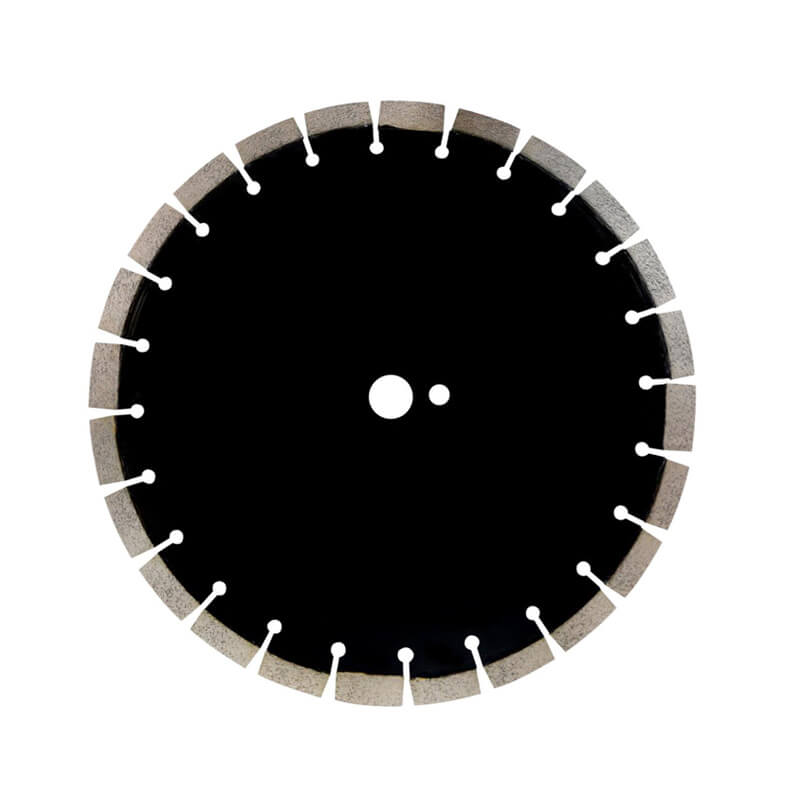- Automobiles & Motorcycles
- Beauty & Personal Care
- Business Services
- Chemicals
- Construction & Real Estate
- Consumer Electronics
- Electrical Equipment & Supplies
- Electronic Components & Supplies
- Energy
- Environment
- Excess Inventory
- Fashion Accessories
- Food & Beverage
- Furniture
- Gifts & Crafts
- Hardware
- Health & Medical
- Home & Garden
- Home Appliances
- Lights & Lighting
- Luggage, Bags & Cases
- Machinery
- Measurement & Analysis Instruments
- Mechanical Parts & Fabrication Services
- Minerals & Metallurgy
- Office & School Supplies
- Packaging & Printing
- Rubber & Plastics
- Security & Protection
- Service Equipment
- Shoes & Accessories
- Sports & Entertainment
- Telecommunications
- Textiles & Leather Products
- Timepieces, Jewelry, Eyewear
- Tools
- Toys & Hobbies
- Transportation
How do I know if my saw blade is good?
Determining whether your saw blade is of good quality involves evaluating several key factors that contribute to its performance, durability, and cutting results. Here are some essential aspects to consider when assessing the quality of your saw blade:
1. Material and Construction: A high-quality saw blade is typically made from premium materials such as carbide, high-speed steel (HSS), or diamond-tipped edges. These materials offer excellent cutting capabilities and durability. Look for a blade that is well-constructed and has a solid body to ensure stability during cutting.
2. Blade Teeth: The teeth of the saw blade play a crucial role in the quality of your cuts. Well-designed teeth contribute to smooth, accurate cuts with minimal splintering or chipping. Check if the teeth are sharp, evenly spaced, and properly aligned. The number of teeth also matters; blades with more teeth tend to deliver smoother cuts, while fewer teeth are suitable for faster, rough cuts.
3. Tooth Geometry: Different types of saw blades have varying tooth geometries optimized for specific materials. For instance, rip-cut blades have fewer teeth with larger gullets for quick cuts, while crosscut blades have more teeth and smaller gullets for clean, precise cuts. Make sure your blade's tooth geometry aligns with the type of cutting you intend to do.

4. Blade Coating: Some high-quality saw blades come with coatings that enhance their performance. Coatings like titanium nitride (TiN), carbide, or non-stick coatings can reduce friction, heat buildup, and corrosion, leading to smoother cuts and longer blade life.
5. Noise and Vibration: A good-quality saw blade should produce minimal noise and vibration during operation. Excessive noise or vibration could indicate an imbalance or poor manufacturing quality, which might affect the accuracy of your cuts and the longevity of the blade.
6. Clean and Accurate Cuts: The ultimate test of a saw blade's quality is its cutting performance. If the blade consistently delivers clean, accurate cuts without excessive tearing, splintering, or burning, it is likely of good quality. Pay attention to how well it handles different materials, thicknesses, and cutting angles.
7. Durability and Lifespan: A reliable saw blade should withstand frequent use without dulling too quickly. While all blades will eventually wear out, a high-quality blade should have a longer lifespan compared to lower-quality options. Regular maintenance, such as cleaning and sharpening, can also extend the life of your blade.
8. Compatibility: Ensure that the saw blade is compatible with your specific saw model and type. Using the right blade for your saw will optimize cutting performance and safety.
9. Manufacturer Reputation: Brands known for producing high-quality tools and accessories often extend their reputation to their saw blades. Research and choose blades from reputable manufacturers with positive reviews and a history of producing reliable products.
10. Price vs. Quality: While price is not the sole indicator of quality, extremely low-priced saw blades might indicate subpar materials and construction. Invest in a blade that strikes a balance between quality and cost, as a slightly higher upfront investment can lead to better performance and longevity.
In conclusion, assessing the quality of a saw blade involves examining its construction, tooth design, cutting performance, durability, and manufacturer reputation. By considering these factors, you can make an informed decision about whether your saw blade is of good quality or if it's time for an upgrade to achieve better cutting results and a longer blade life.
If you are interested in sending in a Guest Blogger Submission,welcome to write for us!




Comments
0